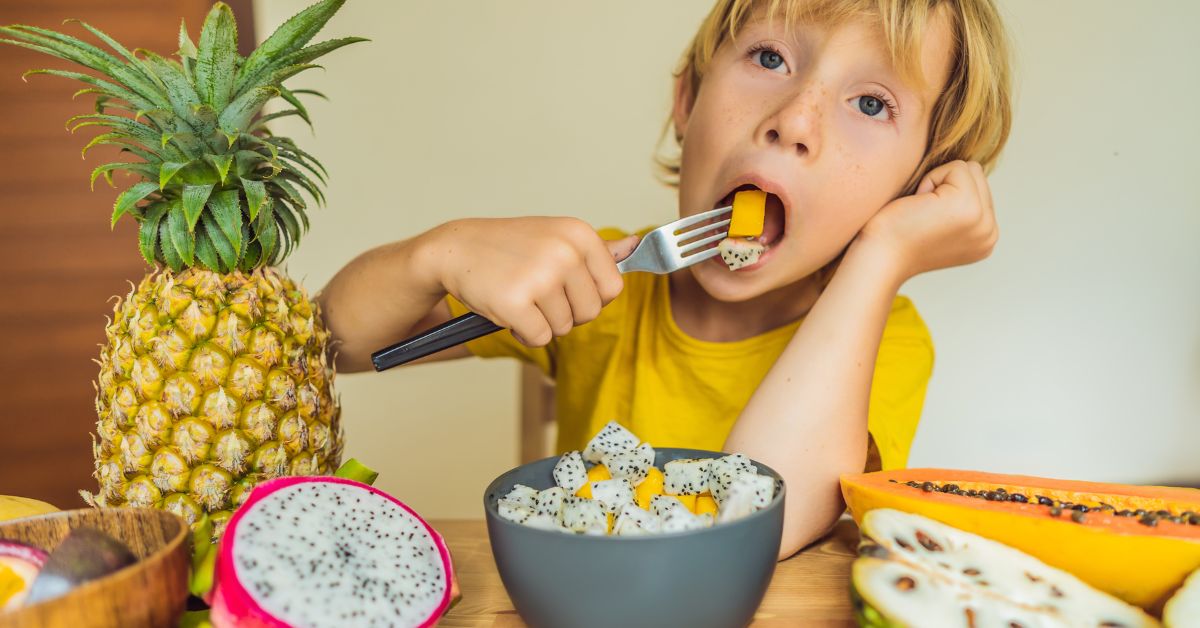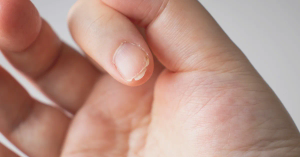We all know that coffee keeps adults going, but what about kids? While it might seem like a harmless pick-me-up, the rising trend of caffeine consumption among young children is a growing concern. It's not just about the occasional soda anymore. Caffeine is sneaking into places you might not expect, and it's impacting our kids in ways we need to understand.
Think about it: caffeinated water, energy drinks marketed with cartoon characters, even caffeinated candy. Suddenly, it's not just teenagers reaching for a jolt of energy. Younger and younger children are being exposed to caffeine, often without their parents even realizing it. This isn't a simple case of "kids shouldn't have coffee." It's much more nuanced.
The Caffeine Landscape: More Than Just Coffee
When we think of caffeine, our minds often jump to that morning cup of joe. However, the caffeine landscape has expanded dramatically. It's now lurking in unexpected corners of our kids' diets, making it harder than ever to monitor their intake.
The Usual Suspects (and Why We Need to Worry)!
- Soda: The classic culprit, loaded with both caffeine and sugar.
- Chocolate: While the caffeine content is lower than coffee, it can still contribute to overall intake, especially for kids who love chocolate bars and treats.
- Tea: Some teas, especially black tea, can have significant amounts of caffeine.
The Sneaky Culprits (and Why They're Extra Concerning):
- Candy & Gum: Caffeinated candies and gums are often marketed to kids with promises of energy and focus.
- Flavored Water & "Energy" Drinks: These drinks often mask caffeine with fruity flavors and attractive packaging, making them appealing to kids. "Energy" drinks, in particular, can contain alarming levels of caffeine, far exceeding what's considered safe for children.
- Snacks: Believe it or not, you can even find caffeinated potato chips and oatmeal! These products highlight how far the caffeine trend has gone.
- Medications: Some over-the-counter pain relievers and cold medications also contain caffeine. Always check the labels!
The Not-So-Obvious Culprits:
- Makeup and Skin Care: Some products contain caffeine.
- Specialty Shampoos: Marketed to "promote hair growth" and "slow down hereditary hair loss"
The Stats Don't Lie:
- Children and adolescents are the fastest-growing populations of caffeine users, with a 70% increase in the past 30 years. This statistic alone should raise alarm bells.
- The average daily caffeine intake in children ages 5–18 years was reported to be 38 mg in 1982. But a recent study reported that the daily caffeine intake in children ages 12-17 is 69.5 mg, almost twice the amount. This amount is more than one cup of coffee.
Why is Caffeine a Problem for Kids?
You might be wondering, "What's the big deal? It just wakes you up, right?" However, for kids, the effects of caffeine can be more pronounced and potentially harmful.
- Brain Development: Kids's brains are still developing, and caffeine can interfere with this process. Studies have shown that caffeine could potentially increase the rewarding properties of other substances.
- Sleep Disruption: Caffeine is a stimulant that often disrupt sleep patterns, leading to fatigue, irritability, and difficulty concentrating.
- Anxiety and Jitteriness: Even small amounts of caffeine can cause anxiety, nervousness, and jitteriness in children.
- Heart Problems: Caffeine increases heart rate and blood pressure, which can be risky for children with pre-existing heart conditions.
- Dehydration: Caffeine is a diuretic, which means that it can cause the body to lose fluids. This can lead to dehydration, especially if kids aren't drinking enough water.
- Nutritional Deficiencies: Caffeinated drinks often replace healthier options like milk and fruit juice, leading to nutritional deficiencies.
- Obesity: Caffeinated beverages, especially sodas and energy drinks, are often high in sugar and calories, contributing to kids' weight gain and obesity.
- Dental Caries: Caffeinated drinks can also contribute to dental problems.
The Addiction Trap: Hooked on the Buzz
Caffeine can be addictive, even for kids. Regular use can lead to:
- Tolerance: Needing more caffeine to get the same effect.
- Withdrawal Symptoms: Headaches, fatigue, irritability, and difficulty concentrating when caffeine is reduced or stopped.
This can create a vicious cycle where kids rely on caffeine to function, leading to long-term dependence and potential health problems.
Taking Action: A Parent's Guide to Caffeine Control
Okay, enough with the scary stuff. Let's talk about what we can do to protect our kids.
1. Become a Label Detective: This is your most important tool. Scrutinize every label for hidden caffeine. Look for ingredients like:
- Caffeine
- Guarana
- Yerba Mate
- Green Tea Extract
- Coffee Extract
- Cocoa
2. Limit the Usual Suspects: Reduce or eliminate soda, sweetened juices, and chocolate milk.
3. Say NO to "Energy" Drinks: These are a HUGE no-no for kids.
4. Offer Healthy Alternatives: Water, milk, and fruit-infused water are great options.
5. Talk to Your Kids: Explain the risks of caffeine in a way they can understand. Help them make informed choices.
6. Lead by Example: Cut back on your own caffeine intake.
7. Check Medications: Be aware of caffeine in over-the-counter drugs.
8. Read the Fine Print: On makeup and skin care products, check for caffeine.
9. Monitor Your Child's Behavior: Be observant.
10. Advocate: Talk to schools and community organizations.
Specific Products to Watch Out For!
- Caffeinated Gums/Mints: Steer clear of these, as they often deliver a surprising dose of caffeine.
- "Charged" Candy Bars: Keep these out of reach.
- Caffeinated Water: Water should be hydrating and healthy, not a sneaky source of stimulants.
- "Energy" Drinks: Marketed toward children in a very attractive manner.
Conclusion
This isn't just about avoiding a little extra pep in your child's step. It's about protecting their developing brains and bodies, fostering healthy habits, and setting them up for a lifetime of well-being. It may increase the rewarding properties of other substances. As parents, it is imperative to stay aware of these risks. We also do not know the minimum "safe" level of caffeine use in this population.
We want to ensure our kids are healthy, energetic, and thriving. The recent explosion of novel, caffeine-containing products suggests that consumers are increasing their consumption of caffeine.
Consumable caffeine products are being marketed to younger populations, perhaps in an effort to increase use of these products and to get children "hooked" at earlier ages. It's about educating ourselves, advocating for our children, and creating a culture of health and wellness.
Let's work together to ensure a future where our kids are making informed choices and thriving on genuine energy, not artificial stimulation.








